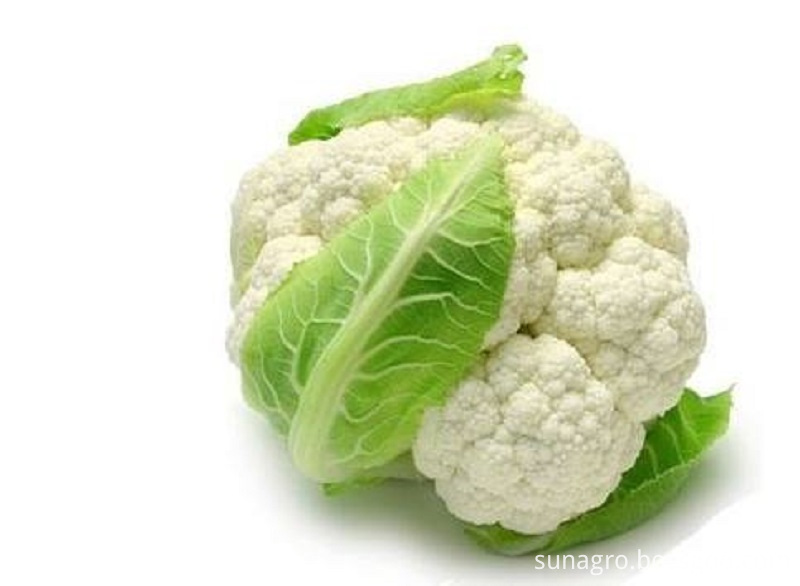After the beginning of the winter, the weather will become colder and colder, the sunshine duration will be shorter, and the physiological activities of flowers will also shift from prosperous period to flat or hibernation. How the family spends winters has become a concern for many citizens. Recently, the reporter interviewed some business households of Jinhua Bird and Flower Market and related experts of Zhejiang Wanxiang Flower Co., Ltd. to ask them about some matters needing attention. It is understood that the flowers planted by the public are mainly divided into cold and cold. Roses, rhododendrons, sweet-scented osmanthus, and eucalyptus are cold-tolerant plants. Even if placed outdoors or on balconies, it is generally safe to live in winter, while plants such as Milan, spider plants, and wealthy trees must be moved indoors. This should be treated differently according to the different characteristics of the flowers. There are mainly the following aspects that need attention. 1. Different plants have different cold resistance Fusang, Poinsettia, Begonia, Jasmine, Monstera and other warm flowers and trees, should be moved indoors when the temperature is as low as 10°C; spider plants, asparagus, rubber trees, etc., should also be moved indoors when the temperature is as low as 5°C. Most flowers should go into the room before the frost falls. Potted flowers should be ventilated in the room. When the temperature is high at noon, the windows and doors can be opened for ventilation and heat dissipation. Flowers such as jasmine, hibiscus, shizuka, rhododendron, clivia, cyclamen, poinsettia, and jasmine should be placed in a sunny place so that they can fully receive the light and allow the leaves to better photosynthesis and provide nutrition in time. 2. Winter watering to control Winter plants evaporate much less than in summer, so they do not have to be watered regularly. Such as rubber trees, Brazil wood, Pachira, Milan, Jasmine, Lamei, plum, camellia, tea and other ornamental plants, winter watering control to reduce the number of watering and watering. For winter and early spring blooms of plum, plum, camellia, etc., should be controlled watering, and should be more water spray, in order to facilitate the formation of flower buds. The potted foliage plants, such as Monstera, Anthurium, and Green Lodder, which are moved into the room, should be mainly sprayed with water, supplemented by watering, to keep the potted soil dry. If the lowest temperature on the day is below 0°C, the best watering time is at noon. 3. Fertilizer application of low-concentration fertilizer Clivia, calla lily, pineapple, etc., can be applied with a mixture of 0.2% potassium dihydrogen phosphate and 0.1% urea; Milan, Zhulan, Jasmine, etc., can also apply a thin phosphorus and potassium fertilizer to facilitate its smooth winter. For most foliage plants, nitrogen fertilizer should be stopped, and some low-level potassium fertilizers should be topdressed to increase the cold resistance of flowers. 4. Pruning before entering the room is indispensable The bonsai and potted flowers moved into the room should be cut off dead leaves, dead leaves, diseased shoots, thin and weak branches, etc.; on the leggy branches, strength reduction and shearing can be carried out; for the bonsais that have been modeled for a couple of years, the lashings can be resolved. Or re-unbunch and then re-bundling, to prevent prolonged leash in a fixed position, injuring the shoot formation layer, causing the branches and leaves dead. The bonsai bonsai on the balcony, such as oysters, oysters, eucalyptus, Podocarpus, Sabina, Cypress, etc., must be trimmed as necessary. Jasmine, crape myrtle, pomegranate, etc., can be pruned in late autumn to reduce the nutrient consumption of the plants in the winter, promote potted storage and more nutrition, so that more flowers in the coming year. 5. Attention to flowers and disease prevention in winter At present, it is still a severe season for diseases and insect pests. Flowers and trees are vulnerable to insect pests such as scale insects, red spiders, aphids and whitefly. The disease is manifested in leaf spot disease, branch rot disease and so on. Therefore, these plants and insect pests must be thoroughly treated before entering the room, and they must not be allowed to enter the room to endanger the flowers and trees. In addition, the flowers should be cleaned before the winter and the pelvic floor should be found, dry branches, pests and branches should be cut. The first week after moving from the balcony into the room, it is best to open the window for ventilation, so that the potted flowers gradually adapt to temperature changes, otherwise it is easy to make the potted yellow flowers off. Generally should be placed in the indoor warm sunny place, placed in the front of the flower pots in the sun, the tolerance of shade or semi-impervious pot flowers in the middle and back row, not regularly converted potted flower orientation.
Our broccoli is fresh, clean, natural, free of yellow flowers, no signs of decay, no pesticide residue, no soil, natural color, no slight cracks, no rot, no stains, no spots, no scars, fiber bundles, no pesticides, stored longer than other vegetables, can be stored for up to 9 months.The best export prices, the fastest delivery, in addition to Fresh Cabbage, we can provide products including Garlic, tomatoes, potatoes, broccoli, Ginger, broccoli and so on.We are committed to providing our customers with the best quality products at the most competitive prices.
Fresh Cauliflower,Green Fresh Cauliflower,Organic Fresh Cauliflower,White Fresh Cauliflower Jining Sunagro Trade Co., Ltd. , http://www.sunagro-food.com